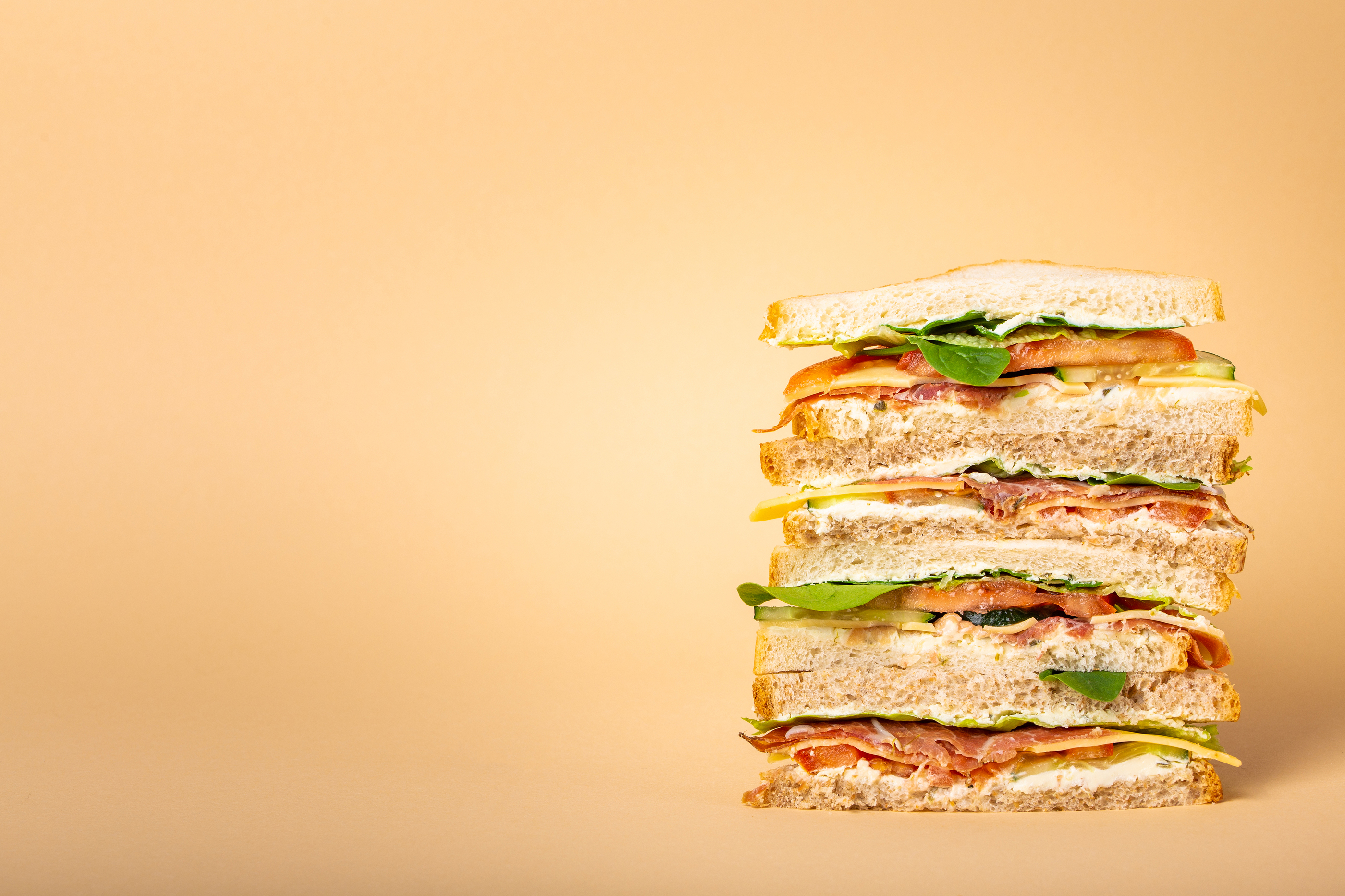In the rich tapestry of British culinary history, one humble creation has managed to carve out a special place in the hearts and palates of the nation—the sandwich. A seemingly simple amalgamation of bread and fillings, the sandwich symbolises convenience, versatility, and comfort. This tasty culinary invention has managed to withstand the test of time, adapting to changing tastes and lifestyles while maintaining a cherished spot in the hearts of Brits across the generations.
The Birth of the Sandwich:
To truly understand the British love affair with sandwiches, we must first delve into the roots of this iconic creation. The credit for the invention of the sandwich is often attributed to John Montagu, the 4th Earl of Sandwich, in the 18th century. As the legend goes, the Earl was an avid gambler who, in the midst of a heated gaming session, requested his meat to be placed between two slices of bread. This practical solution allowed him to continue playing without the need for utensils, and thus, the sandwich was born.
Convenience in a Bite:
One of the key reasons sandwiches have captured the hearts of the British is their unparalleled convenience. In a fast-paced world, where time is often a luxury, the sandwich stands as a testament to practicality. Whether enjoyed on the go, at work, or during a leisurely picnic, sandwiches offer a quick, fuss-free solution to hunger pangs. The portability of this culinary delight has made it a staple in lunchboxes, picnic baskets, and office canteens across the United Kingdom.
Versatility and Adaptability:
The beauty of the sandwich lies in its versatility. From classic combinations like ham and cheese to innovative creations like coronation chicken or prawn mayonnaise, the possibilities are endless. This adaptability has allowed the sandwich to evolve with changing culinary trends, ensuring it remains a relevant and exciting choice for food enthusiasts. The British have embraced this versatility, experimenting with flavours, textures, and ingredients to create a wide array of sandwiches that cater to diverse tastes.
Cultural Significance:
Beyond its practicality and versatility, the sandwich has woven itself into the fabric of British culture. Afternoon tea, a cherished tradition in the UK, often features delicate finger sandwiches alongside scones and pastries. The British “ploughman’s lunch,” a quintessential pub meal, showcases the sandwich’s rustic charm with its hearty combination of bread, cheese, pickles, and more. The sandwich is not just a meal; it’s a cultural touchstone that brings people together, whether at formal occasions or casual gatherings.
In the grand tapestry of British gastronomy, the sandwich stands out as a culinary marvel that has transcended its humble origins to become a much-loved national treasure. Its convenience, adaptability, and cultural significance have secured its place in the hearts and stomachs of the British people. So, the next time you savour a perfectly crafted sandwich, remember that you’re indulging in more than just a meal—you’re partaking in a culinary romance that has stood the test of time.

